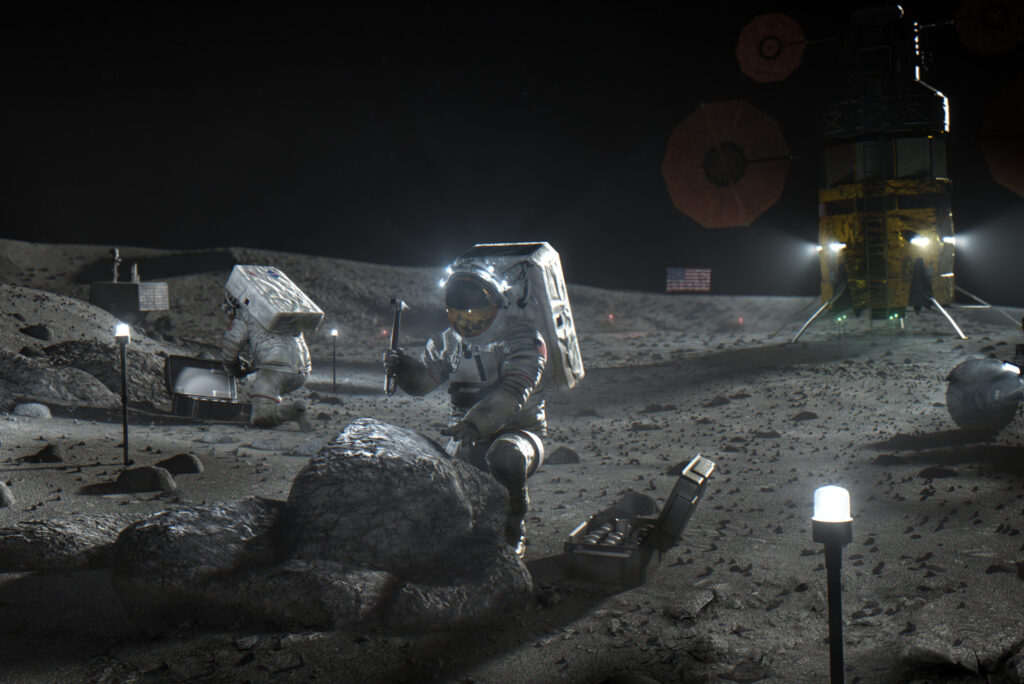NASA is set to make its spaceships talk, enabling astronauts to perform maneuvers, conduct experiments, and engage in other activities using a natural language interface similar to the capabilities of ChatGPT.
The project to bring Artificial Intelligence (AI) into space was confirmed by Dr. Larissa Suzuki, a technical director at Google and a visiting researcher at NASA Jet Propulsion Laboratory (JPL).
“The idea is to get to a point where we have conversational interactions with space vehicles and they [are] also talking back to us on alerts, interesting findings they see in the solar system and beyond,” Dr. Suzuki said while speaking at an Institute of Electrical and Electronics Engineers (IEEE) meeting on the next-gen space communication.
NASA’s primary goal is to test this innovative system for its Lunar Gateway, a space station planned to orbit the Moon and provide support to the crew of the Artemis III mission scheduled in 2024.
Furthermore, in a statement published on Small Business Innovation Research (SBIR) & Small Business Technology Transfer (STTR) website, NASA emphasized the need for technology that could operate without human intervention during long-term, uncrewed missions.
This is not the first attempt at implementing AI to help with NASA missions. In 2022, Lockheed Martin, Amazon, and Webex announced that they would be collaborating on Callisto, a technology for NASA’s Orion capsule much like Amazon’s Alexa.
Callisto was launched as part of the uncrewed Artemis I mission on November 16, 2022, and returned to Earth on December 11 the same year. The testing demonstrated that Alexa’s voice assistant and Webex’s video conferencing effectively assisted astronauts during deep space missions.
However, according to NASA, so far technologies can only operate on their own to a certain extent, but this is usually limited to one specific function like navigation and requires a certain amount of human involvement.
Despite that, when presenting the new AI system Suzuki outlined a scenario in which it would automatically fix data transmission glitches and inefficiencies, along with other types of digital outages.
“We cannot send an engineer up in space whenever a space vehicle goes offline or its software breaks somehow,” Suzuki said.
